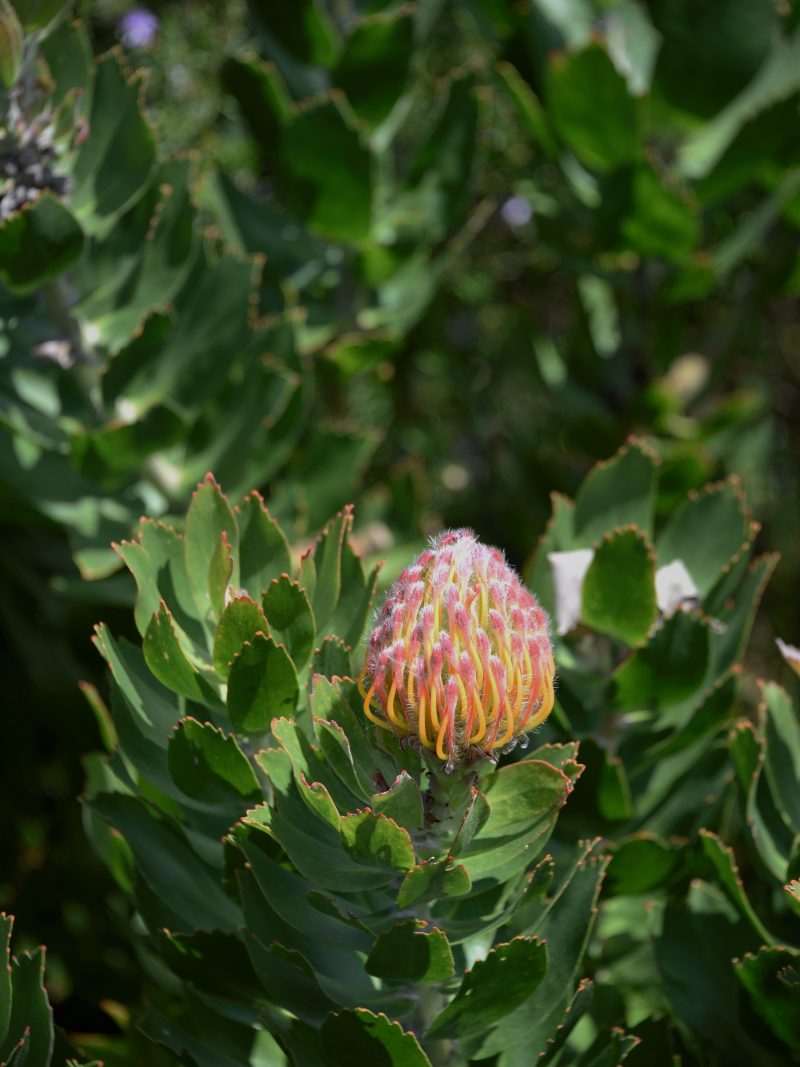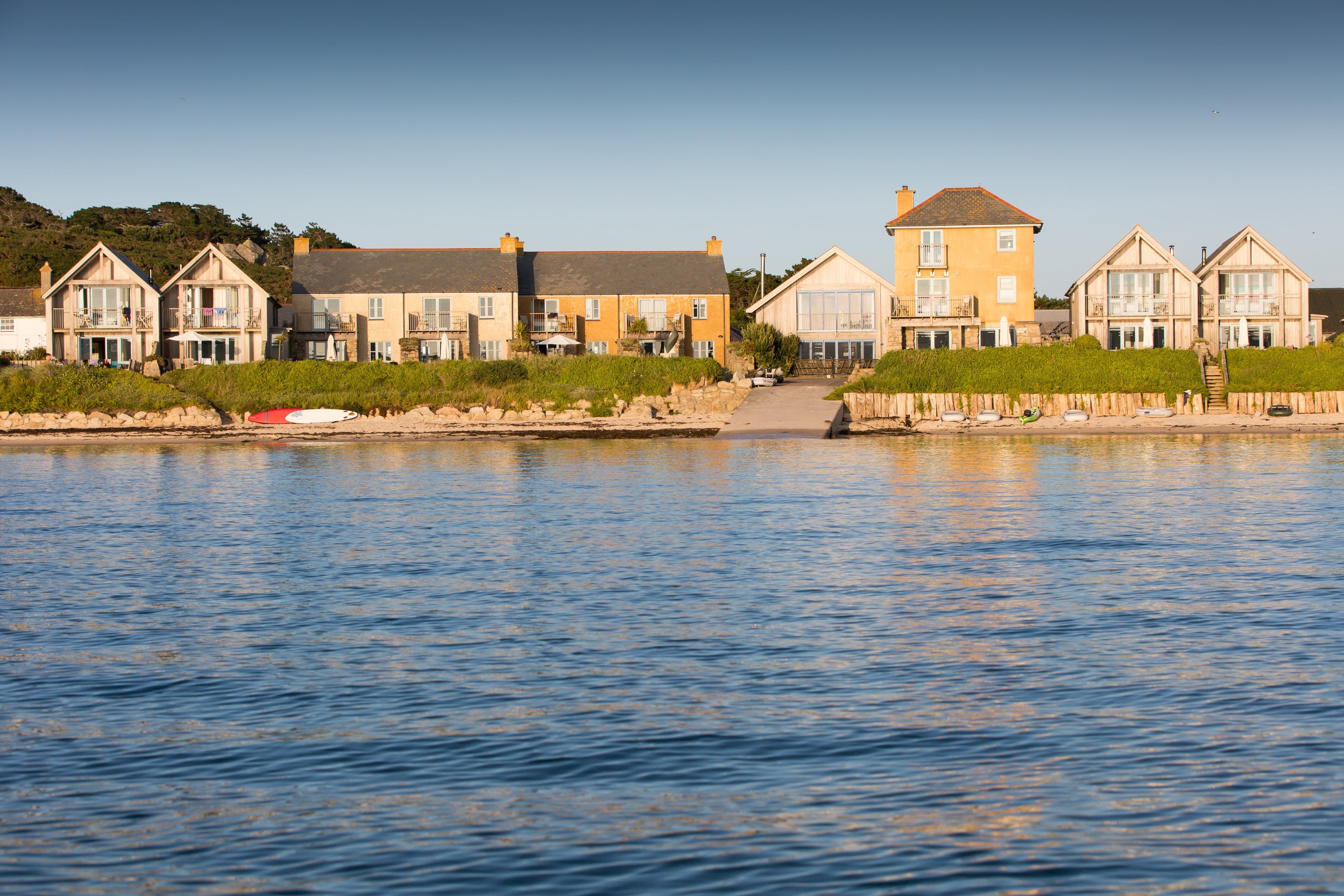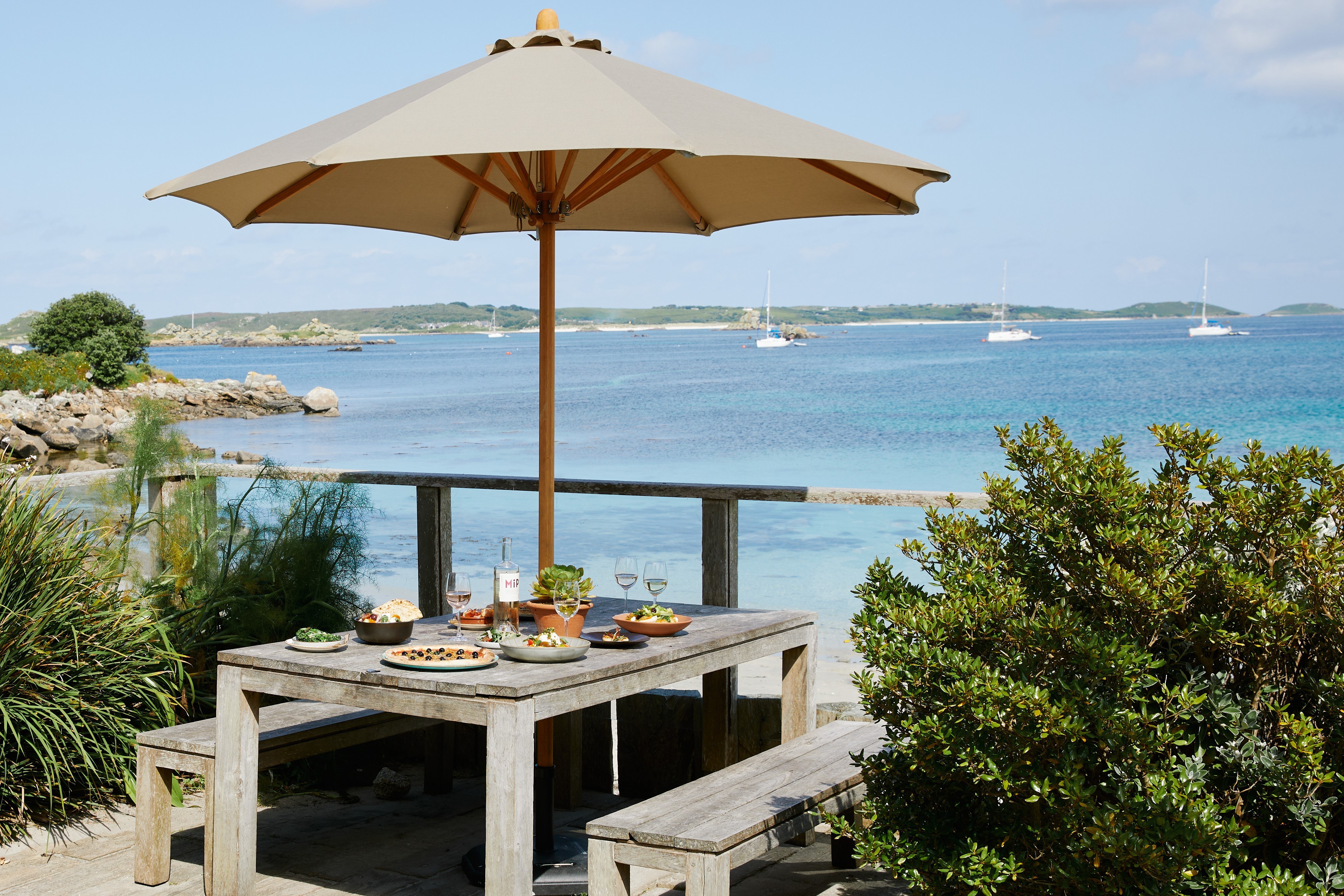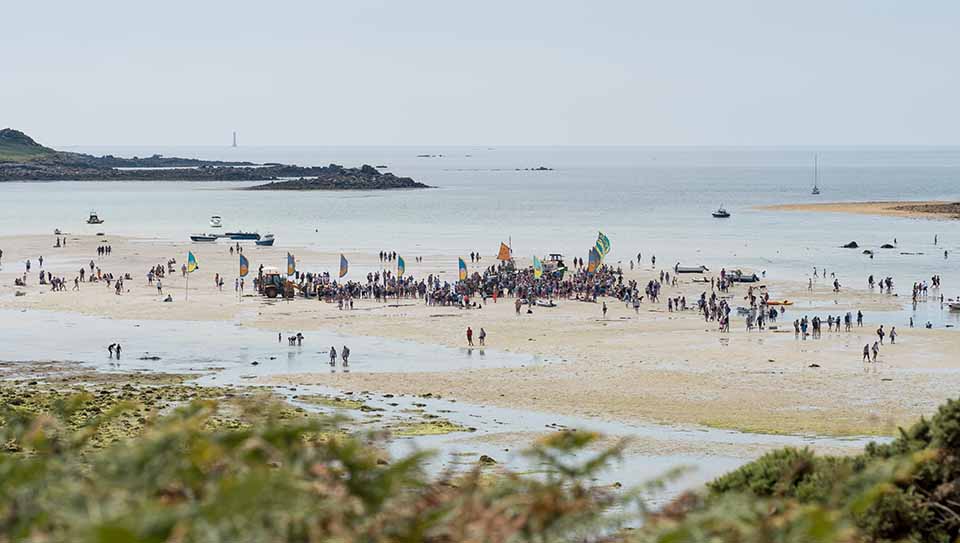Spring in the Abbey Garden
Spring is one of the most incredible times of year for the garden as it alive with blooming colour
Take a turn about the garden with Head Gardener Andrew Lawson and you will see many spectacles in the way of flora and fauna that may have otherwise gone unnoticed.
From secret species in shady corners to plants with an amazing history; between experiments from the travels of the gardening team and annually occurring favourites, there is so much to see, touch and smell.
And the splendour is not limited to exotic species from far flung lands. The vegetable garden that features the domestic plants we all know and love, is also something to marvel at.
It is a beautiful May day when Andrew takes time out of his busy day to illustrate what is on offer at this time of year.
A walk around the world
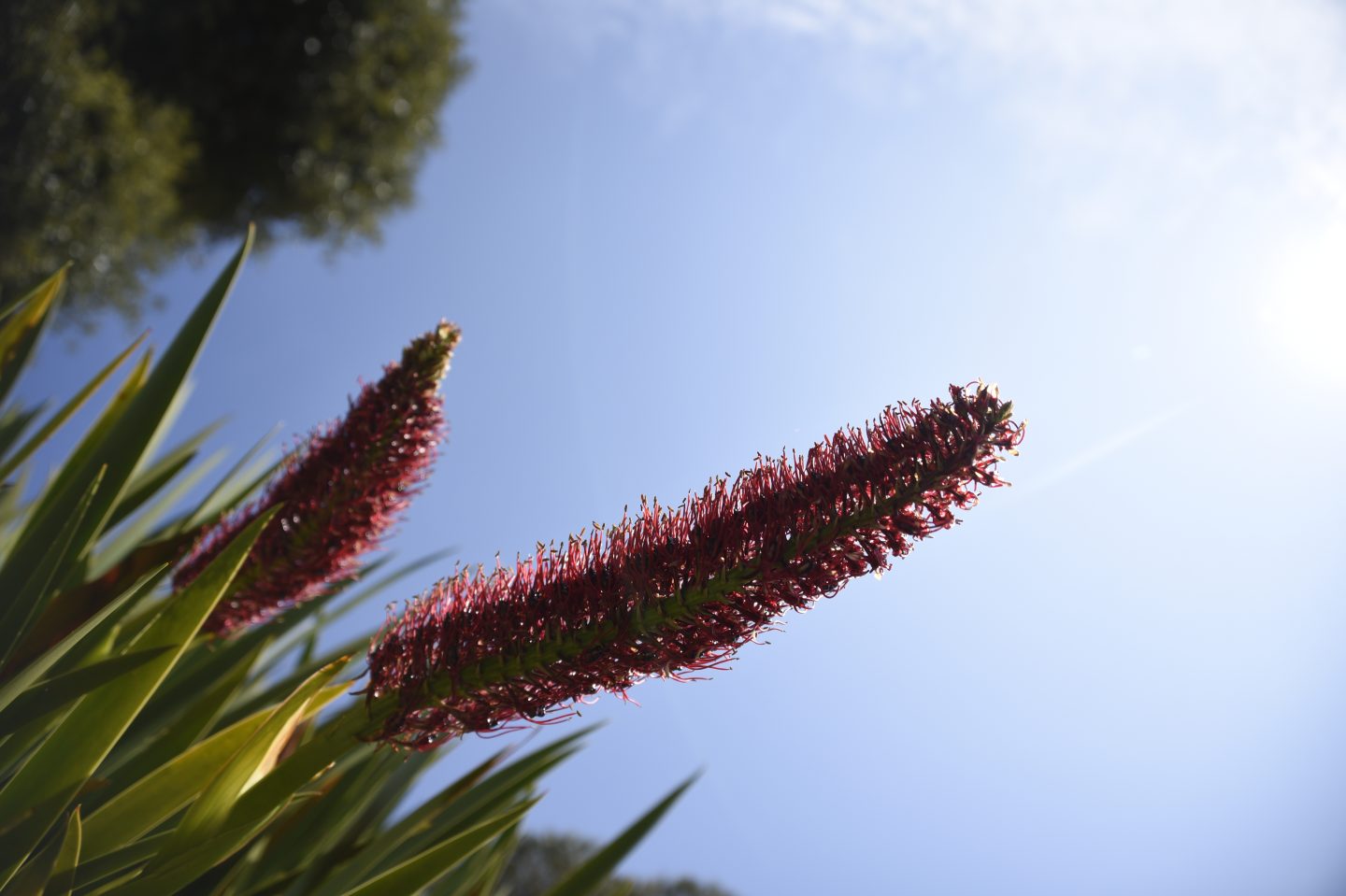
Xeronema Callistemon - the Poor Knights Lily from Poor Knights Island in the north of New Zealand - is a stunning plant. A stripe of red against green flora and blue sky, it's botanical name means "with a beautiful stamen," referring to the prominent red stamens of the plant's flowers

Puya Chilensis from La Campana National Park in the north of Chile is an incredible plant that grows in three vibrant colours at the gardens. Lime green, emerald green and deep blue plants catch your eye throughout the garden and they are simply magnificent.
Thought to have arrived in the UK on the HMS Beagle with Charles Darwin, the Puya was introduced to the garden in 1848.
It is rumoured that the plant is dangerous to sheep that can become entangled in the sharp leaves. For this reason, it is often called the "sheep-eating plant."
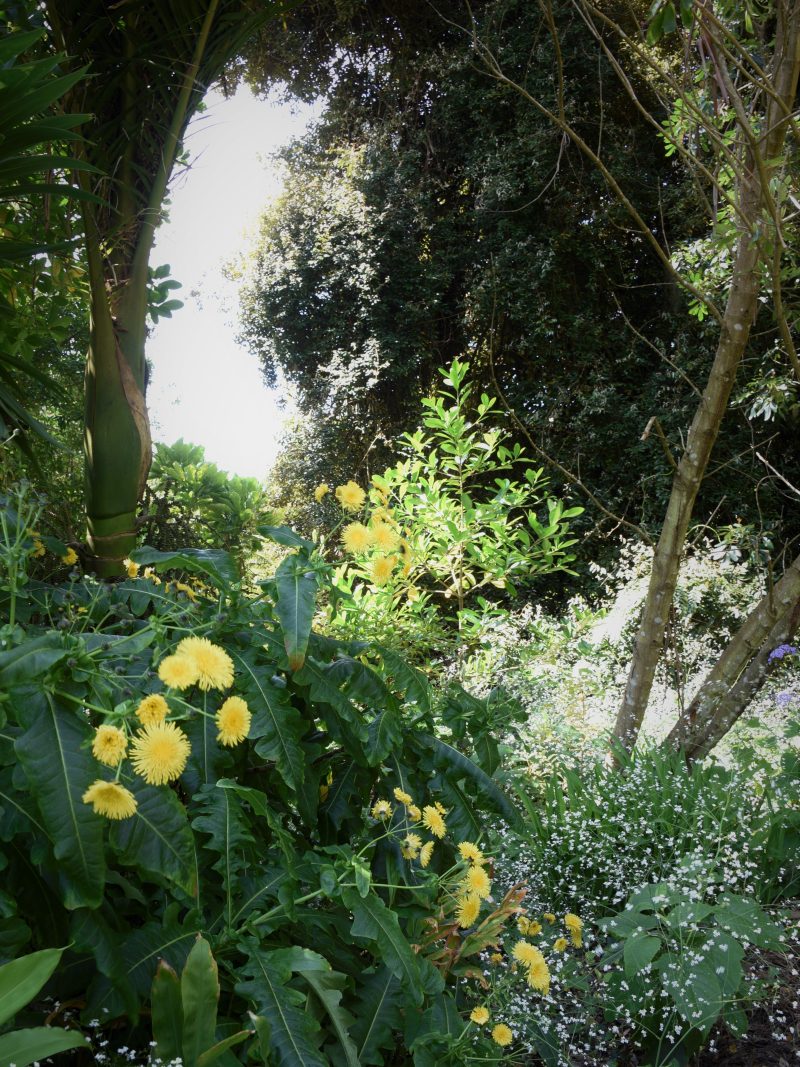
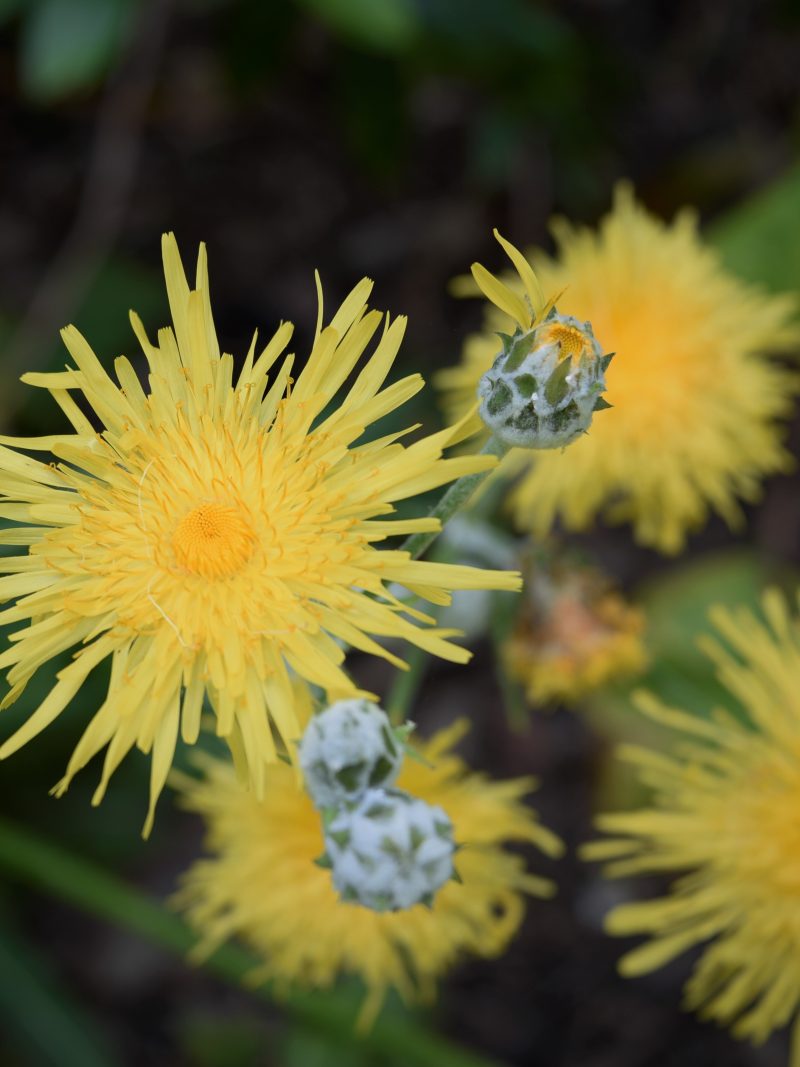
Sonchus Canariensis - also called 'Canary Island sow thistle' - is a plant native to the Canary Islands.
An ornamental plant, as well as a source of food for livestock and a plant that is used in traditional medicine, it's bright yellow flower pops against its green surroundings.

Pericallis Webbii is a native of Tenerife that is now naturalising in the cooler areas of the garden. In the shady corners in which it resides, the colour is completely eye catching.

Rojasianthe Superba - a plant with a white sunflower-like blossom - is from the Cloud Forests of Mexico. These ecosystems are known for their misty landscapes and although they make up just a small percentage of Mexico's land mass, they bring about a huge diversity of plant life.
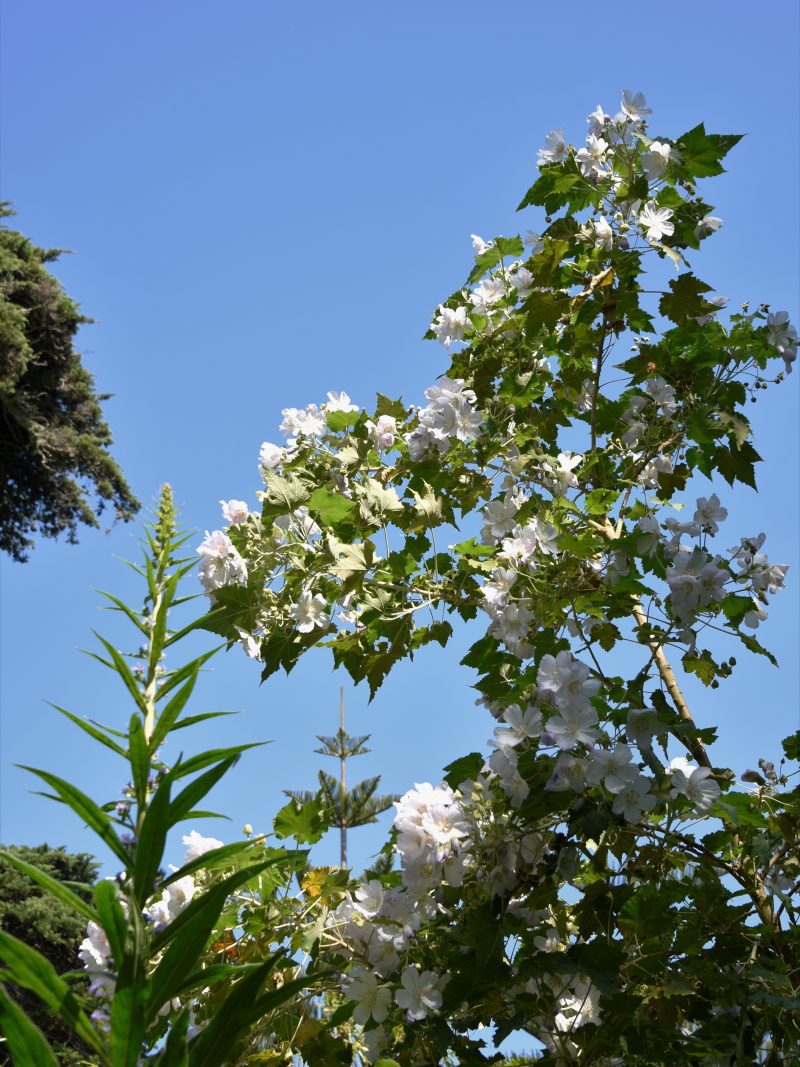
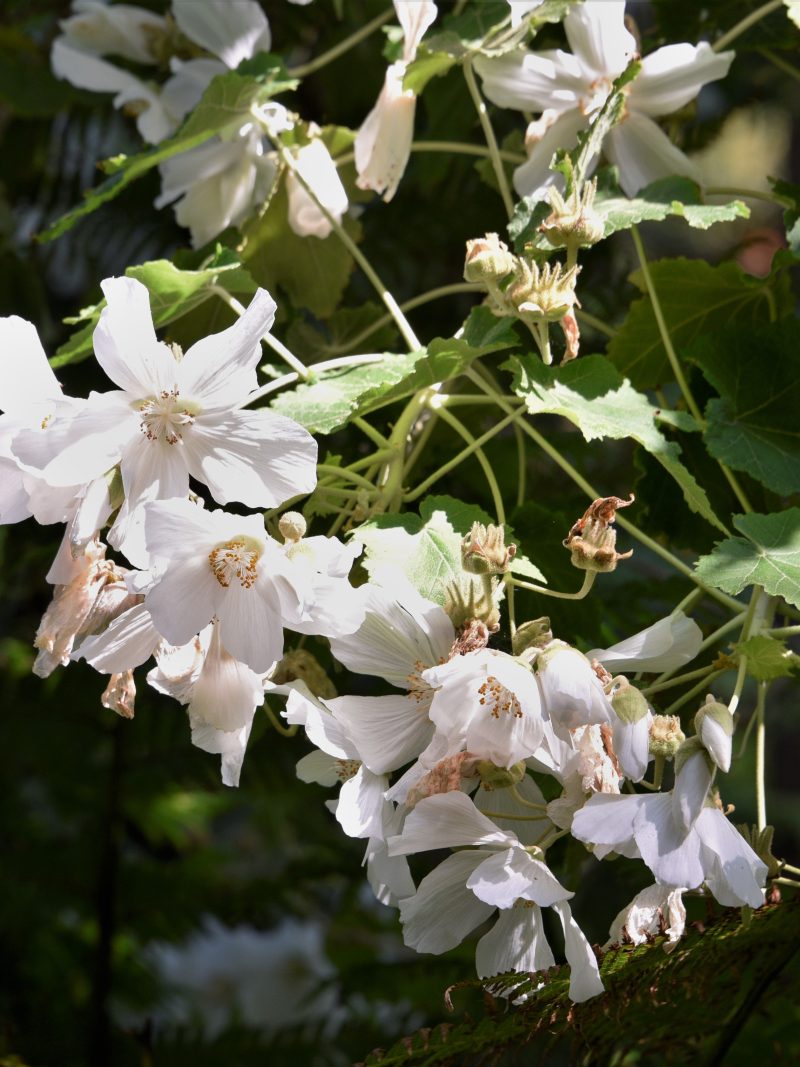
Corynabutilon Vitifolium - found in Southern Chile - is a plant that can go grow up to 9m and will withstand temperatures of -8 degrees. Despite it's hardy nature it produces a delicate white flower that is a beautiful sight in a shady spot.
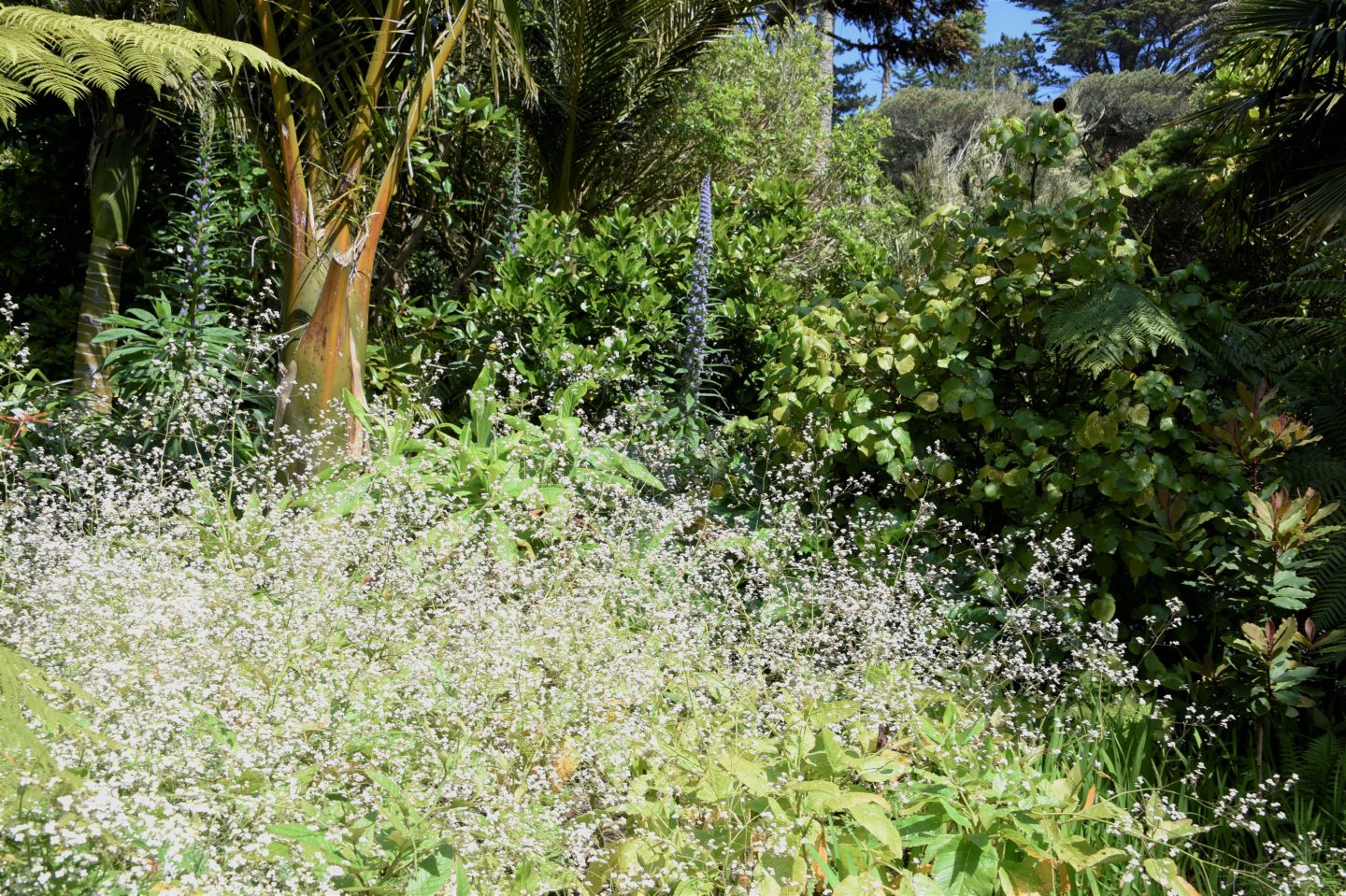
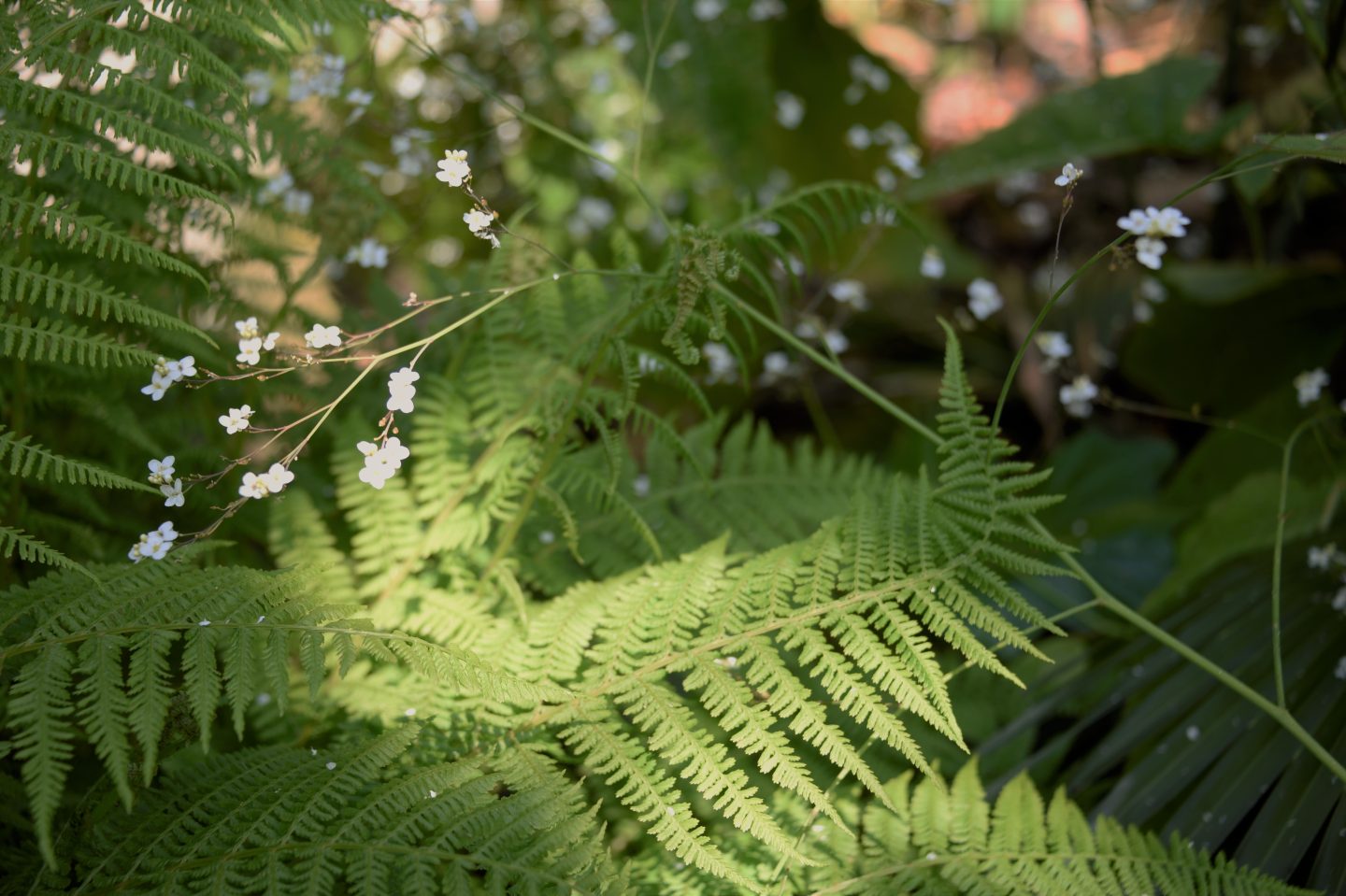
Crambe Strigosa - originally from Tenerife - is a small shrub with tiny white flowers known in some places as rain.
It has now naturalised in the shadier parts of the garden but is normally located at altitudes between 400 and 1000 metres above sea level, in enclaves influenced by the fogs of the trade winds.
A walk through the veg garden
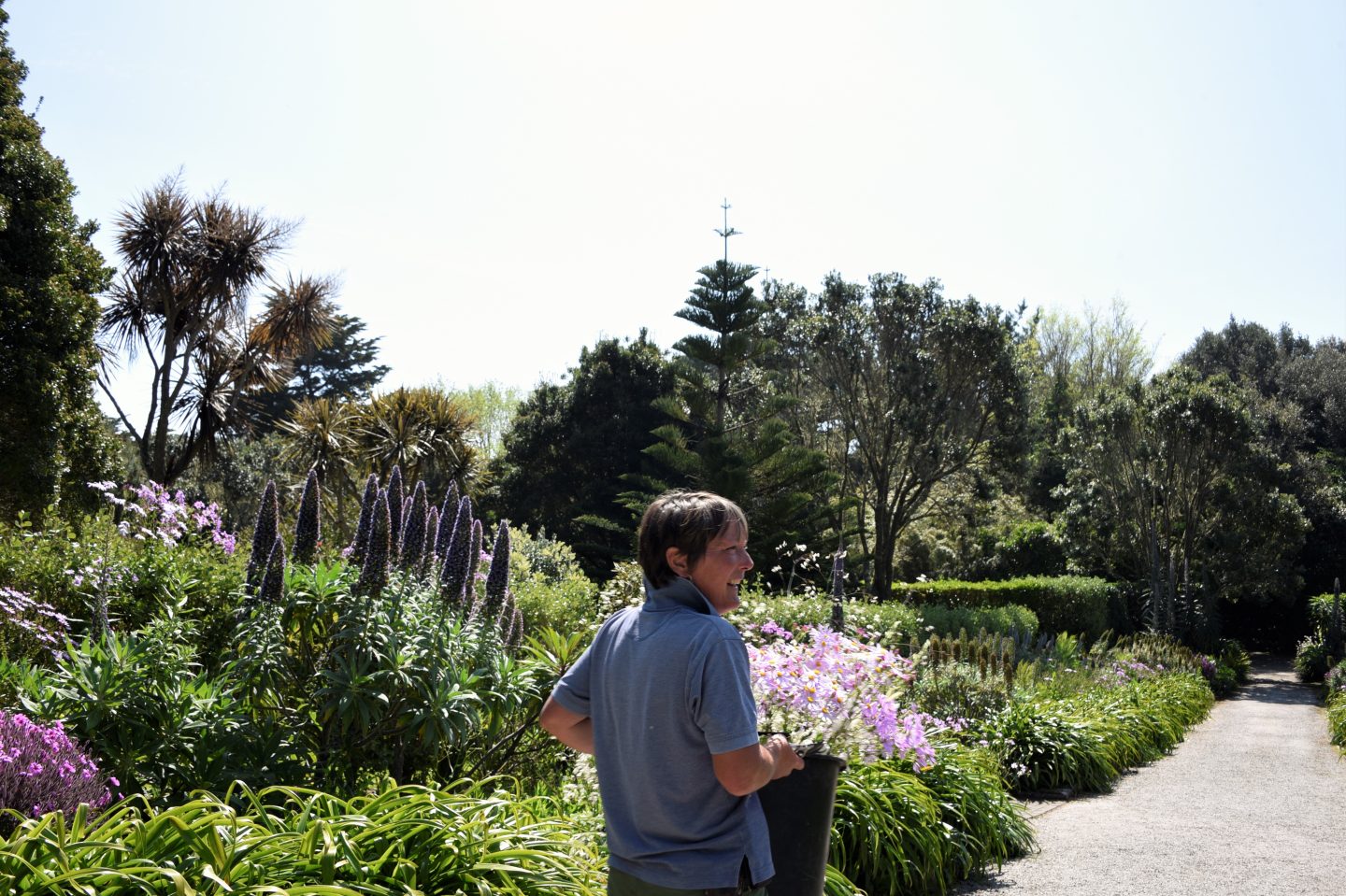

Kate Lawson - who heads up the veg garden - makes stunning bunches of flowers to go all over the island. I happened to walk past her with a bucket of flowers for St Nicholas' Church and it turns out that the Crambe Strigosa make for a beautiful addition to a bouquet.
In addition to flowers, also on Kate's long to-do list is the maintenance of the veg patch. Whilst the majority of the food goes to the Abbey, any gluts or leftovers go to The New Inn and The Ruin Beach Café.
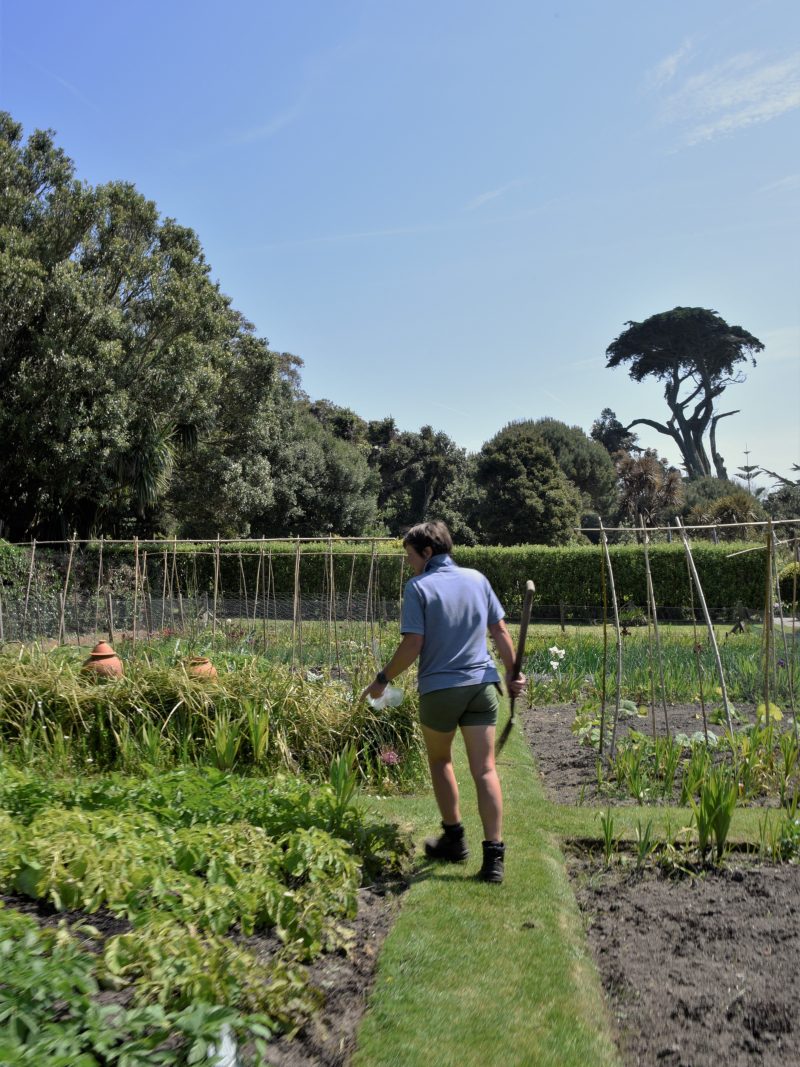
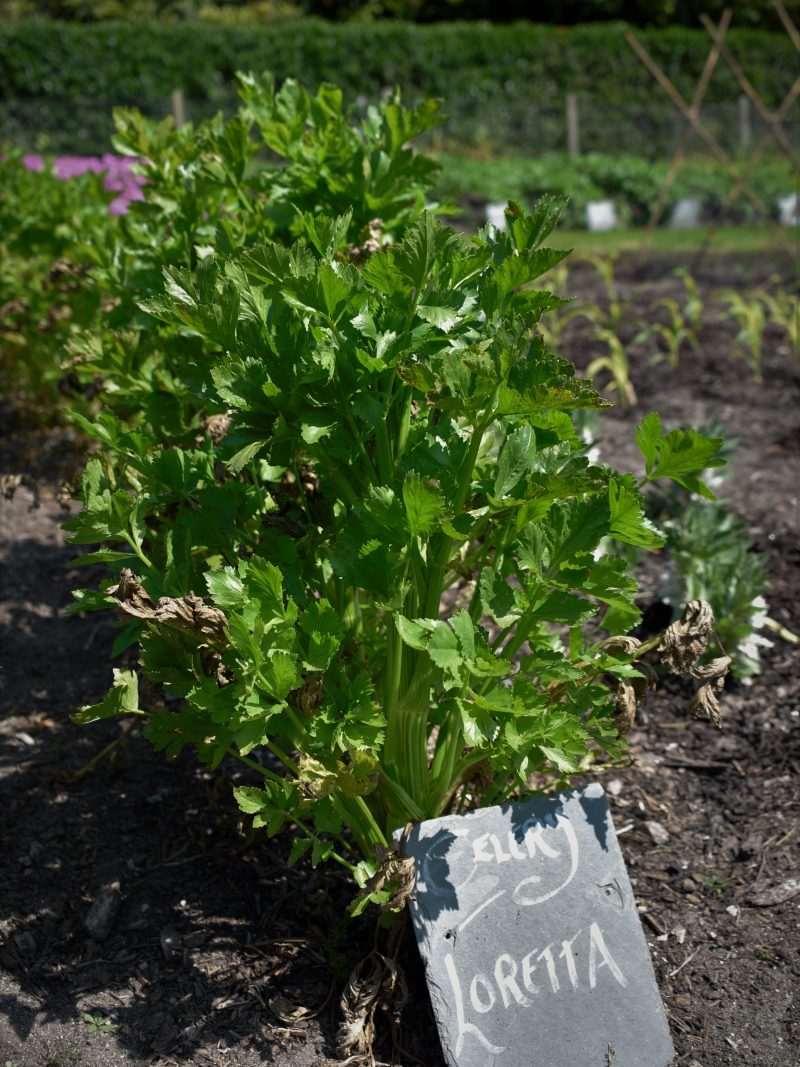
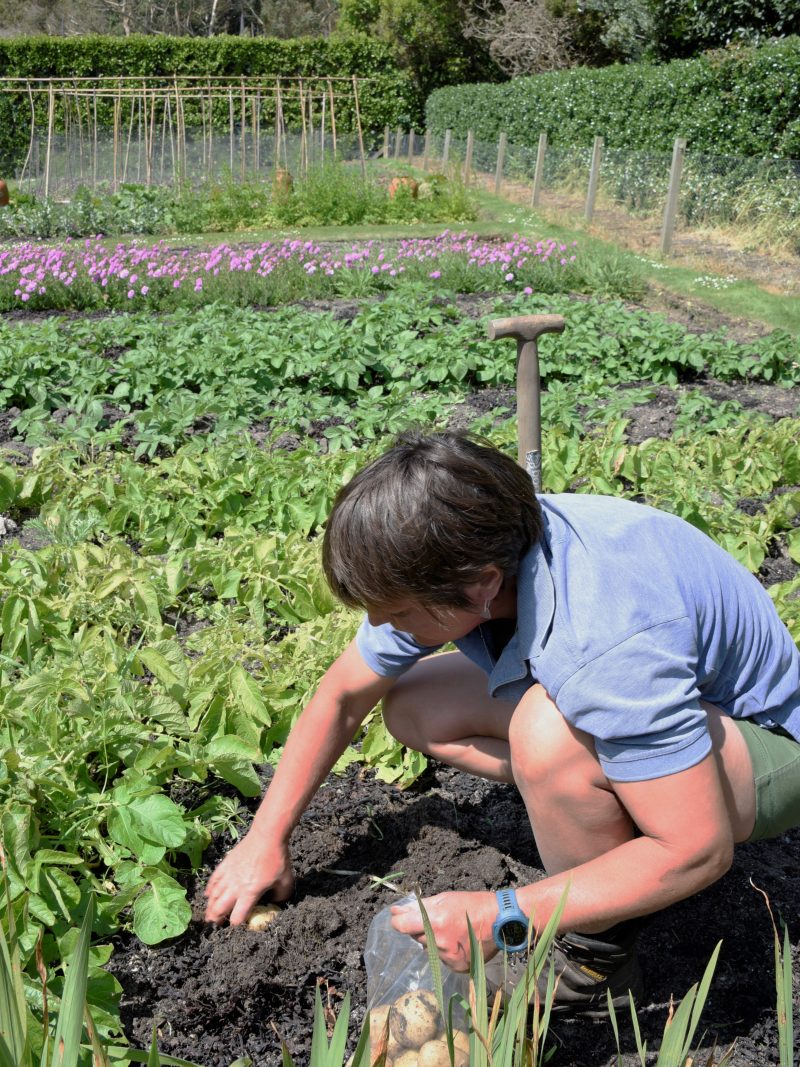

This Spring in the veg garden we are already harvesting potatoes. I have been planting out cucumbers, courgettes and pumpkins as well as plants for the cut flower bed. I've also been harvesting a good crop of asparagus, salad leaves and spinach. Kate Lawson
Even in early May, the garden is well under way. Bees are buzzing in and around the nearby lavender and bird song fills the air; it's safe to say that the Tresco Abbey Garden veg patch is pretty enviable!
And there is more to come in the way of summer. I shall be back to report what is growing in June, July and August...
